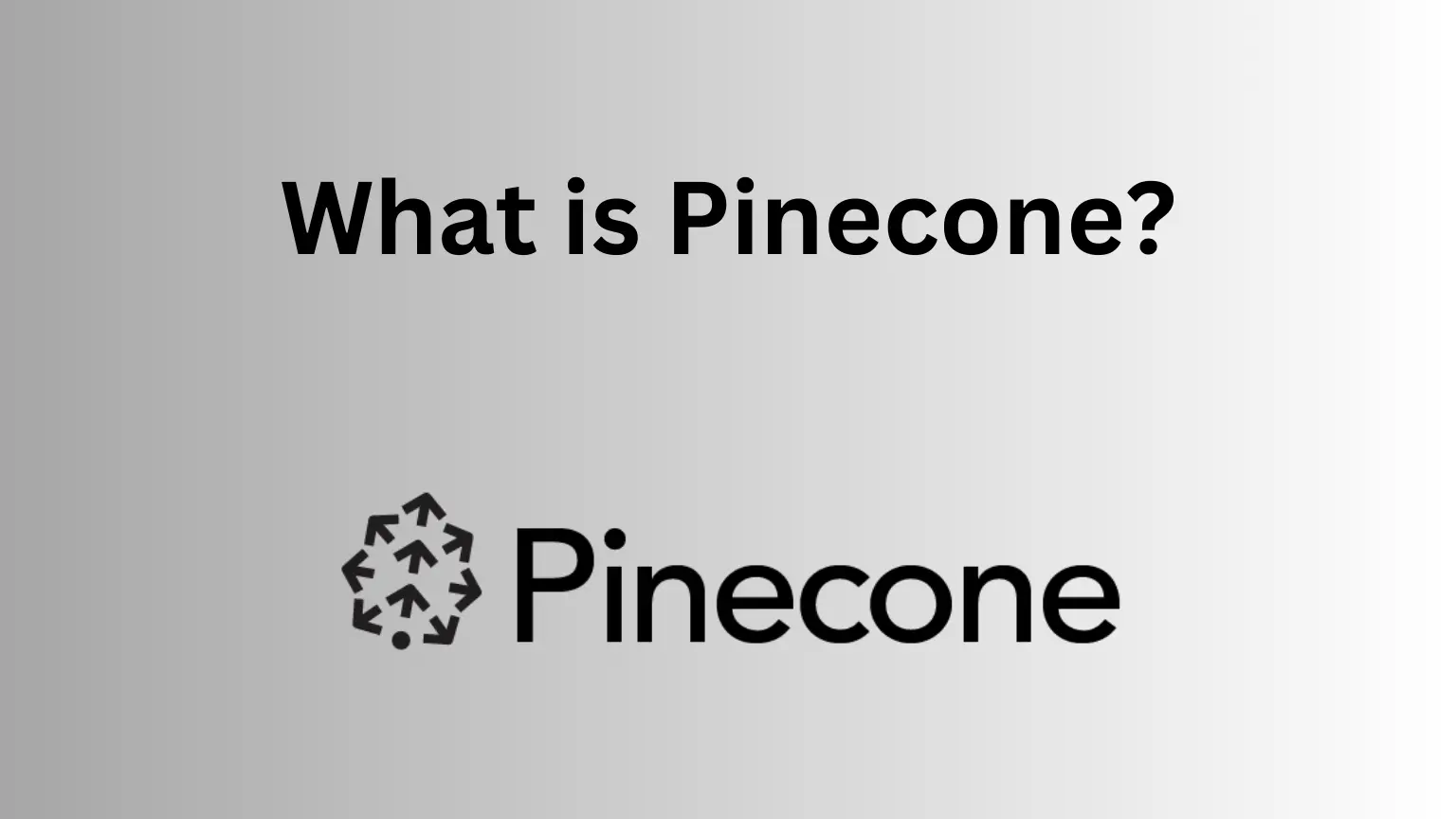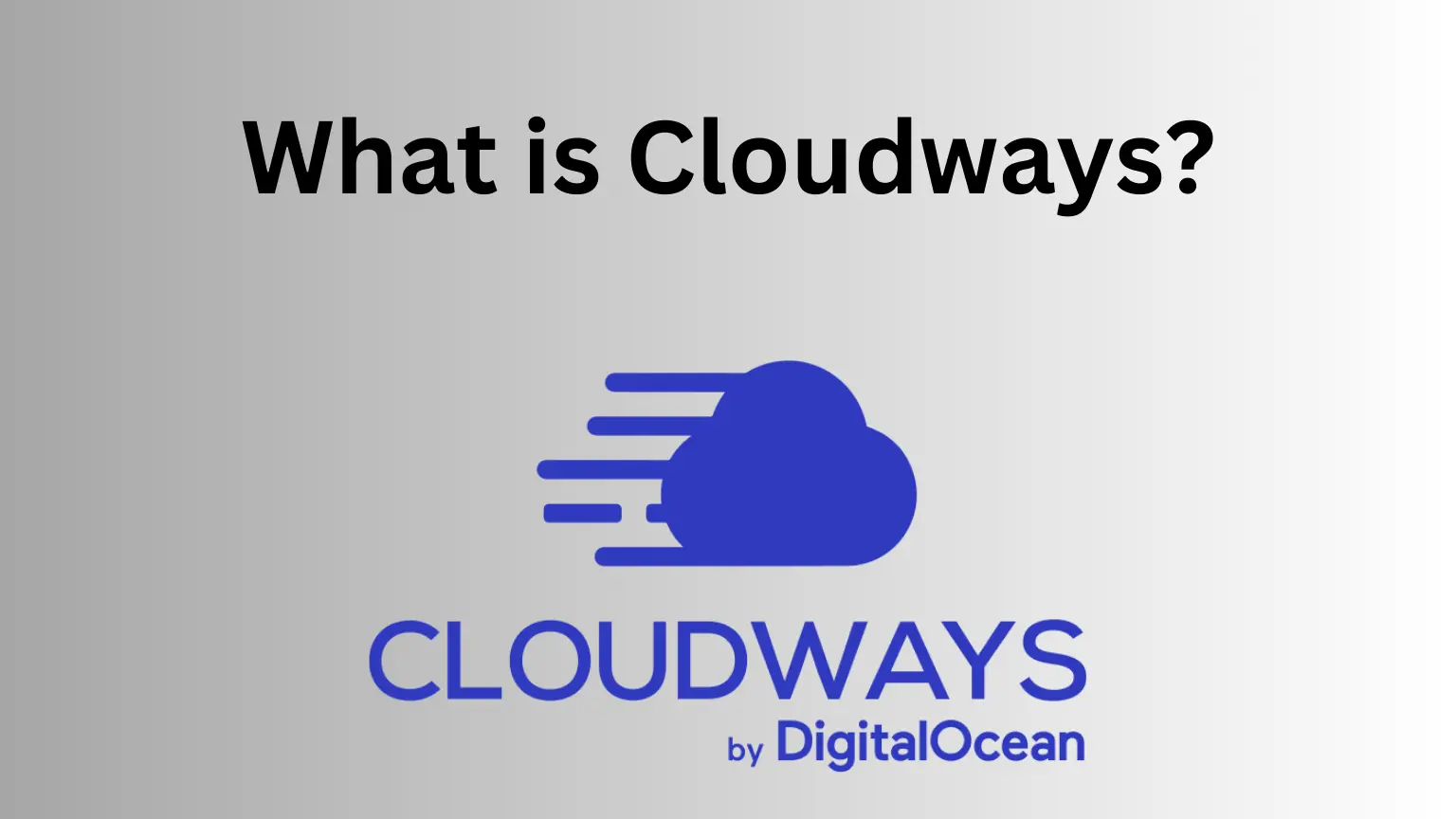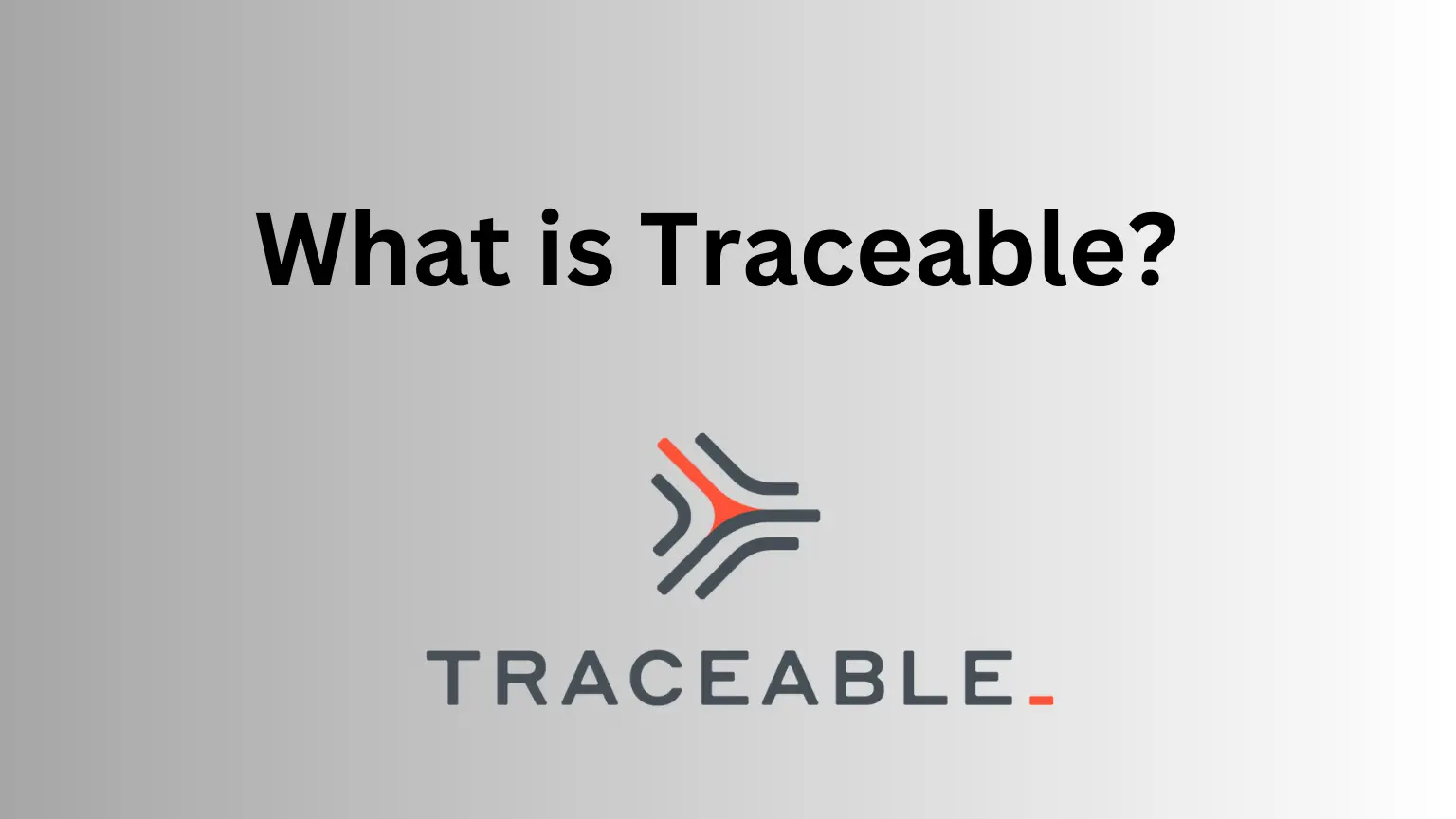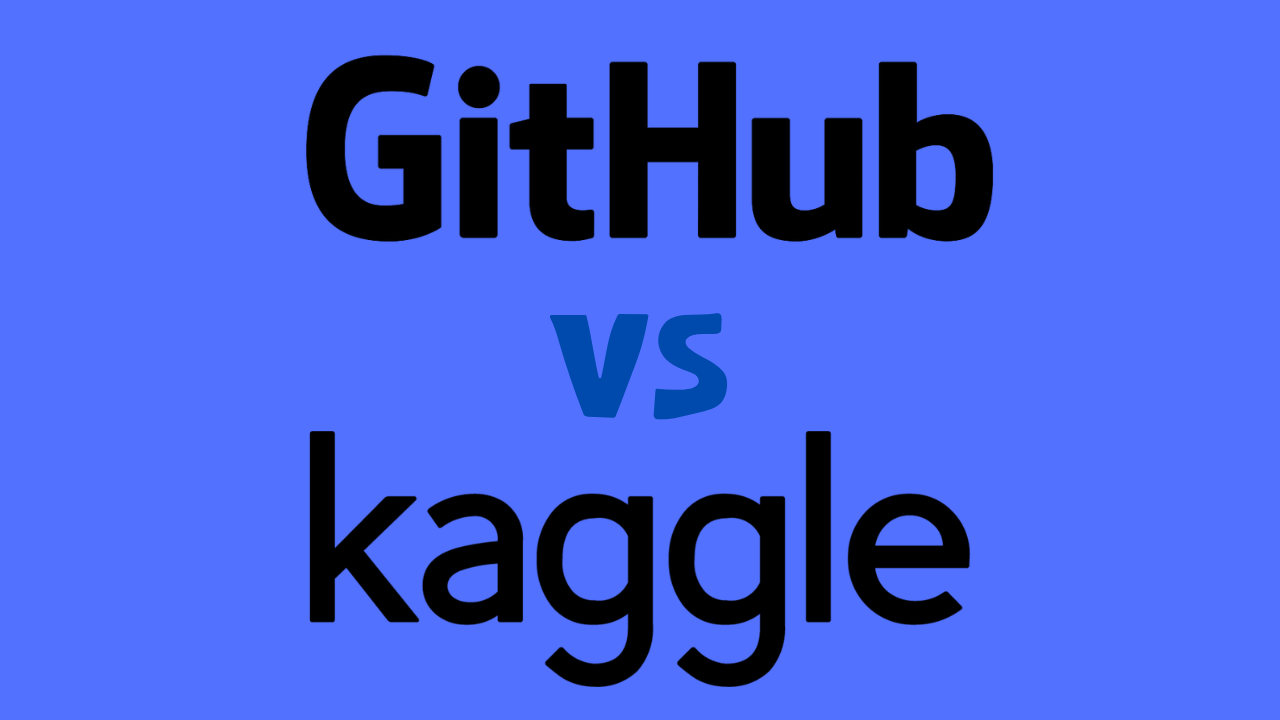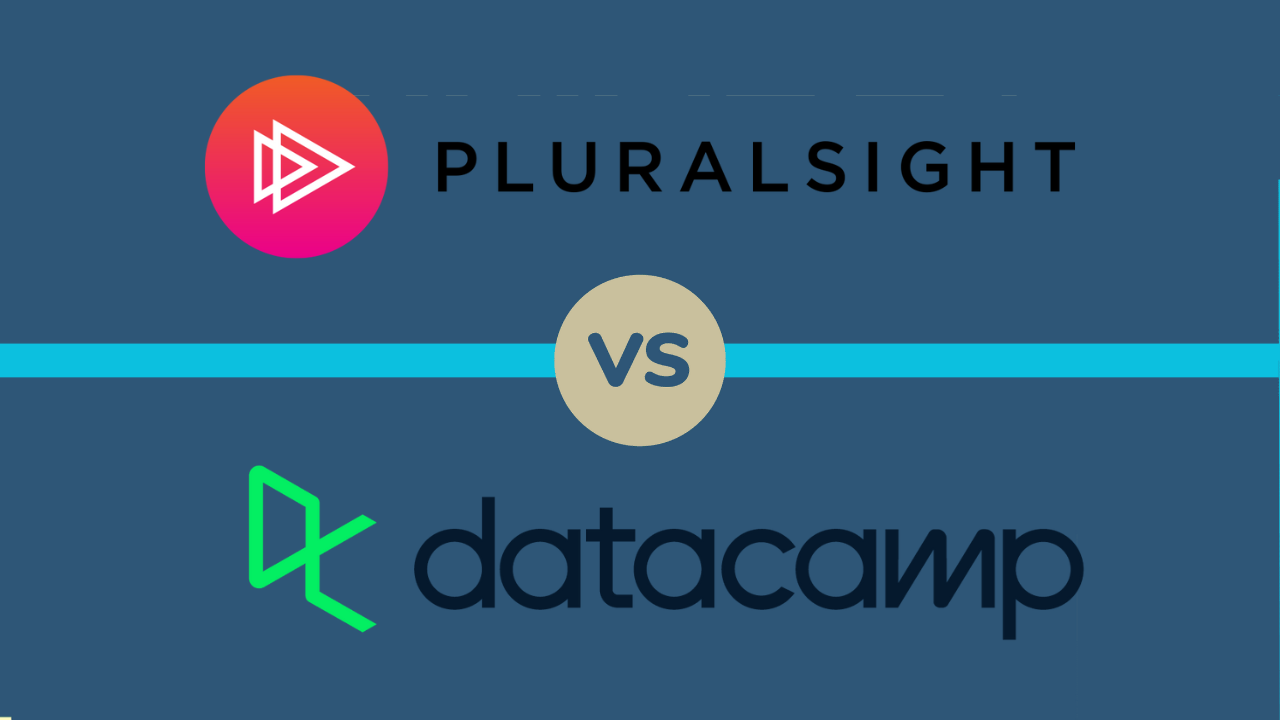In the world of big data, two of the most dynamic and fastest-growing companies are Databricks and DataRobot. Both platforms offer expansive sets of consistently updated features within a unique design and architecture.
Simply put, each platform stores data, ingests and transforms data, and produces analytics. Within those main functions, DataRobot vs Databricks have a range of capabilities that better fit the strategies of individual organizations.
In this ultimate comparison guide, we will take a closer look at the features, capabilities, and benefits of both platforms to help you make an informed decision about which one is right for your organization.
What is Datarobot?
DataRobot is a cloud-based machine learning platform that automates the end-to-end process of building, deploying, and managing machine learning models. It provides a range of tools and features for data preparation, feature engineering, model selection, and deployment.
DataRobot uses automated machine learning (AutoML) to help users build accurate models quickly, without requiring extensive knowledge of machine learning algorithms or programming languages. It also offers a range of integrations with other data platforms and tools, including Snowflake and Databricks.
With DataRobot, users can build and deploy machine learning models at scale, and monitor their performance over time to ensure they continue to deliver accurate results.
What is Databricks
Databricks is a cloud-based data processing platform that was built around Apache Spark, an open-source distributed computing system. It provides a unified analytics platform that allows users to collaborate on big data projects, from data engineering to machine learning.
Databricks offers a range of capabilities for data storage, ingestion, transformation, and analytics, including support for semi-structured data like JSON, and the ability to handle unstructured data with tools like Sparser. Databricks also offers performance clusters for large-scale data batch processing and real-time stream data processing.
Additionally, Databricks recently introduced Delta Sharing, which allows users to share secured and real-time large datasets for sharing data cross products.
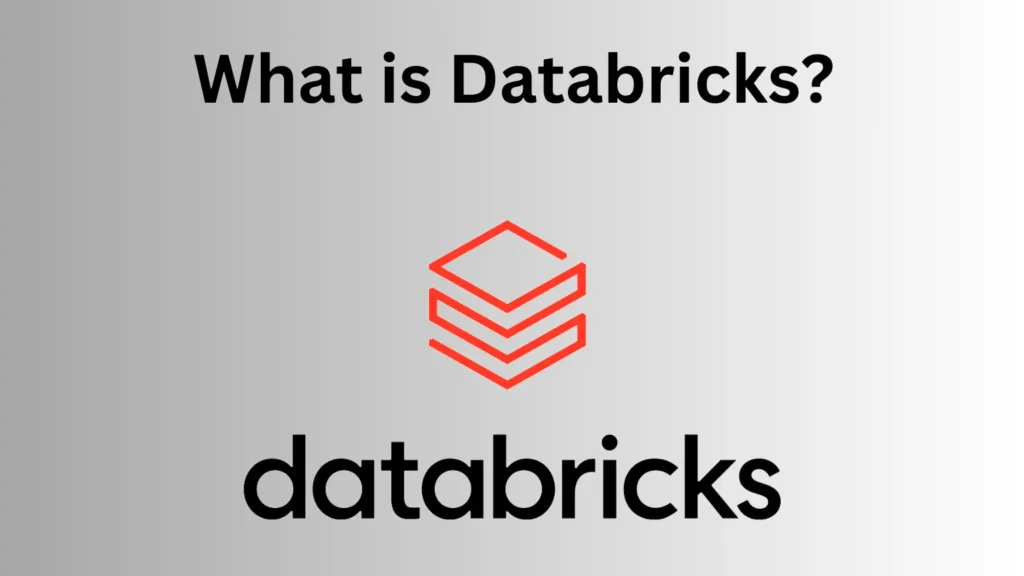
Datarobot Vs Databricks– Differences
Here are five differences between Databricks and DataRobot:
1. Focus:
Databricks is primarily focused on big data processing and analytics, while DataRobot is focused on machine learning and automated model building.
2. User Interface:
Databricks has a user-friendly interface that is designed for ease of use, while DataRobot has a more complex interface that requires some level of technical expertise.
3. Automation:
DataRobot is designed to automate the entire machine learning process, from data preparation to model deployment, while Databricks requires more manual intervention.
4. Integrations:
Databricks has strong integrations with other big data tools and platforms, such as Apache Spark and Hadoop, while DataRobot has integrations with a wide range of data sources and machine learning libraries.
5. Pricing:
Databricks offers a pay-as-you-go pricing model, while DataRobot has a more complex pricing structure that is based on the number of models built and the amount of data processed.
Kaggle vs GitHub: Choosing the Right Platform
Datarobot Vs Databricks – What Do they Offer?
Databricks and DataRobot offer different sets of features and capabilities, as they are designed for different purposes. Here is a brief overview of what each platform offers: Databricks:
Databricks is a cloud-based big data processing and analytics platform that is built on top of Apache Spark. It offers a range of tools and features for data processing, data engineering, and data analytics, including SQL, streaming analytics, machine learning, and graph processing.
Databricks also provides a collaborative workspace for data scientists and engineers to work together on big data projects.
DataRobot:
DataRobot is a cloud-based machine learning platform that automates the end-to-end process of building, deploying, and managing machine learning models. It provides a range of tools and features for data preparation, feature engineering, model selection, and deployment.
DataRobot uses automated machine learning (AutoML) to help users build accurate models quickly, without requiring extensive knowledge of machine learning algorithms or programming languages.
It also offers a range of integrations with other data platforms and tools, including Snowflake and Databricks. With DataRobot, users can build and deploy machine learning models at scale, and monitor their performance over time to ensure they continue to deliver accurate results.
API’s For Dummies – Your Ultimate Guide for 2023!
Datarobot Vs Databricks – Similarities
1. Cloud-based:
Both Databricks and DataRobot are cloud-based platforms, which means that users can access them from anywhere with an internet connection.
2. Machine Learning:
Both platforms are designed to support machine learning workflows, including data preparation, feature engineering, model selection, and deployment.
3. Integrations:
Both platforms offer integrations with a wide range of data sources and tools, including Snowflake, Tableau, and Python.
4. Collaboration:
Both platforms support collaboration between team members, allowing multiple users to work on the same project simultaneously.
5. Scalability:
Both platforms are designed to scale to handle large volumes of data and complex machine learning workflows, making them suitable for enterprise-level projects.
Datarobot vs Databricks – What to Choose?
The choice between Databricks and DataRobot depends on your specific needs and use case. If you are looking for a platform that provides a collaborative workspace for data scientists and engineers to work together on big data projects, and offers a range of tools and features for data processing, data engineering, and data analytics, then Databricks may be the better choice for you.
On the other hand, if you are looking for a platform that automates the end-to-end process of building, deploying, and managing machine learning models, and uses automated machine learning (AutoML) to help users build accurate models quickly, then DataRobot may be the better choice for you.
Datarobot Vs Databricks – Final Thoughts
In short, the decision between Databricks and DataRobot will depend on your specific needs, budget, and technical expertise. It may be helpful to evaluate both platforms and compare their features, pricing, and customer support before making a decision.



